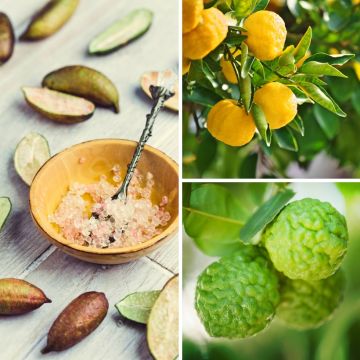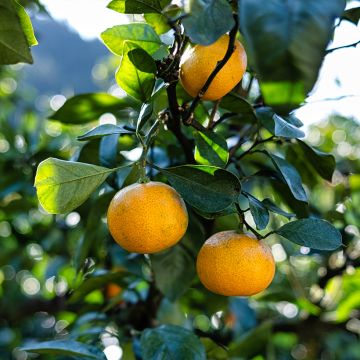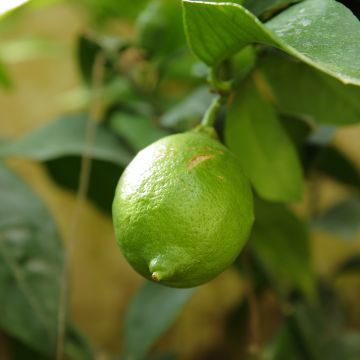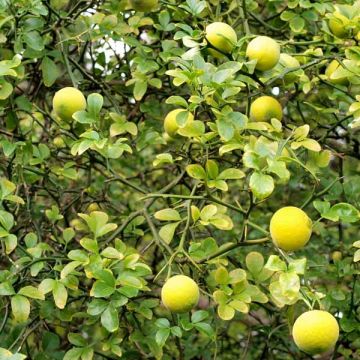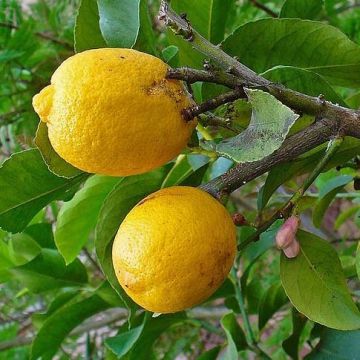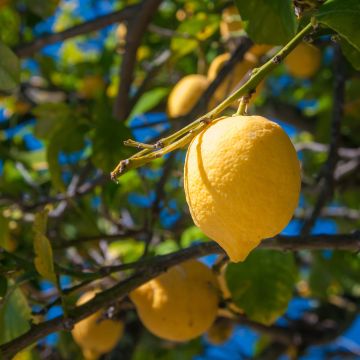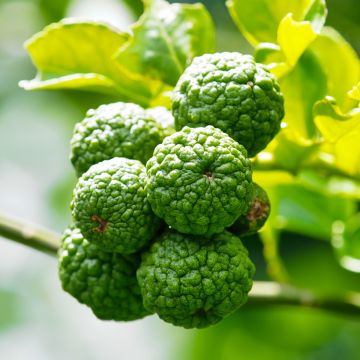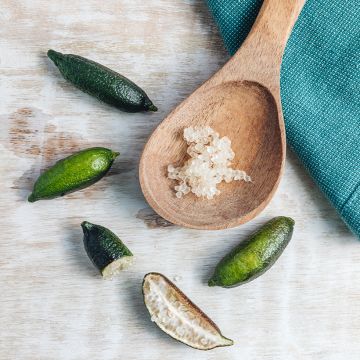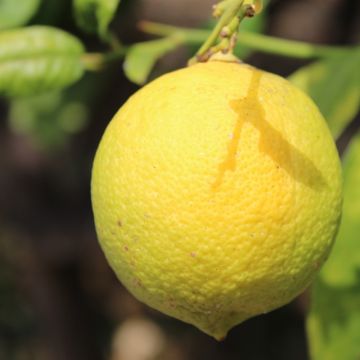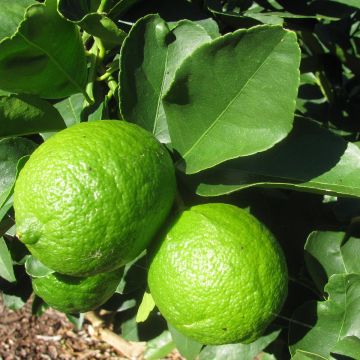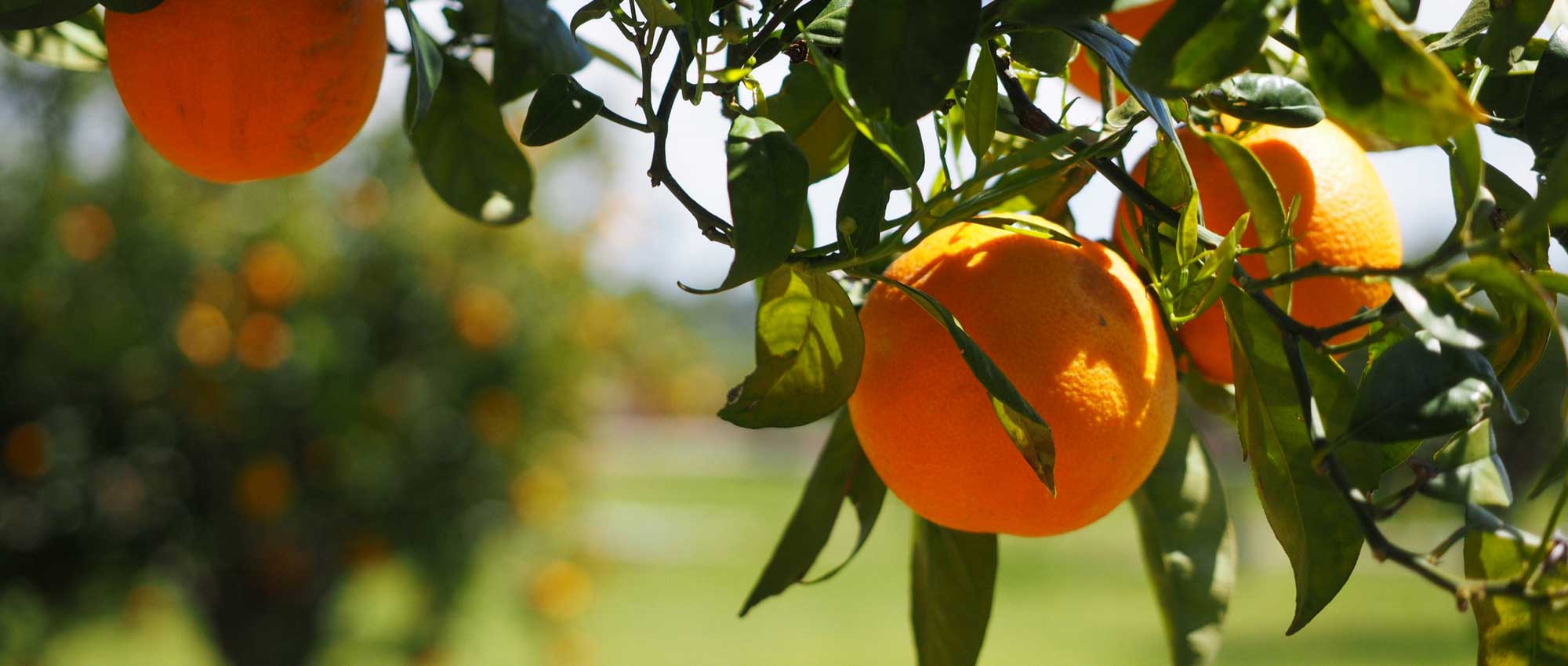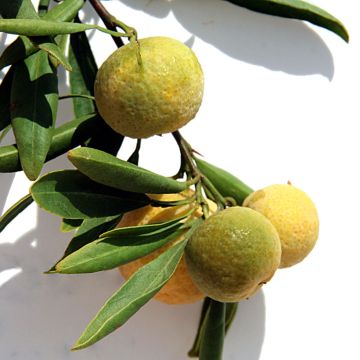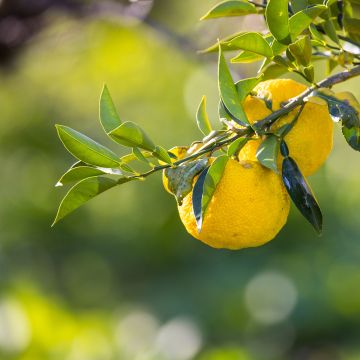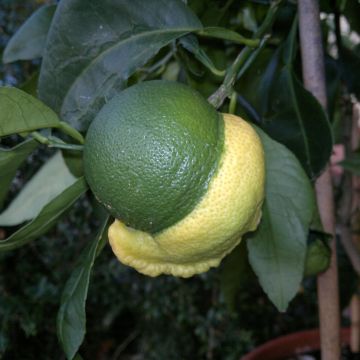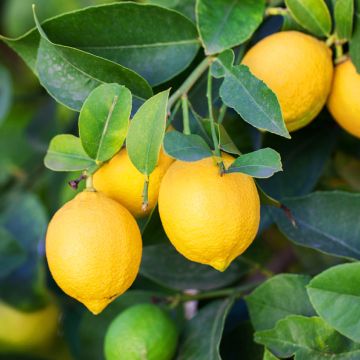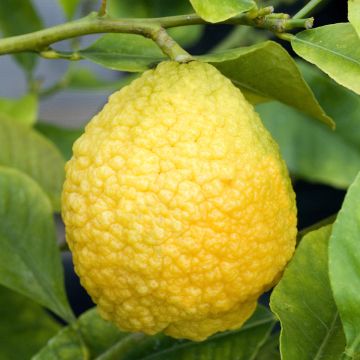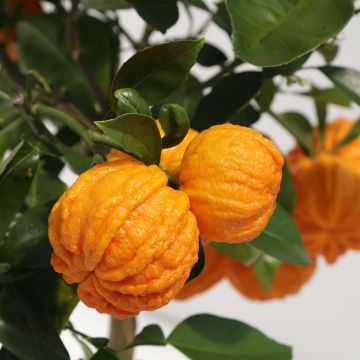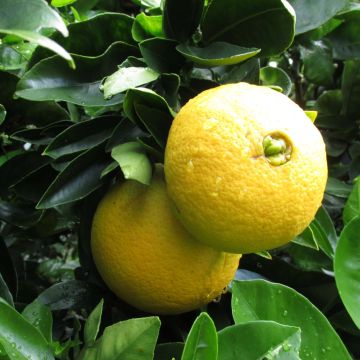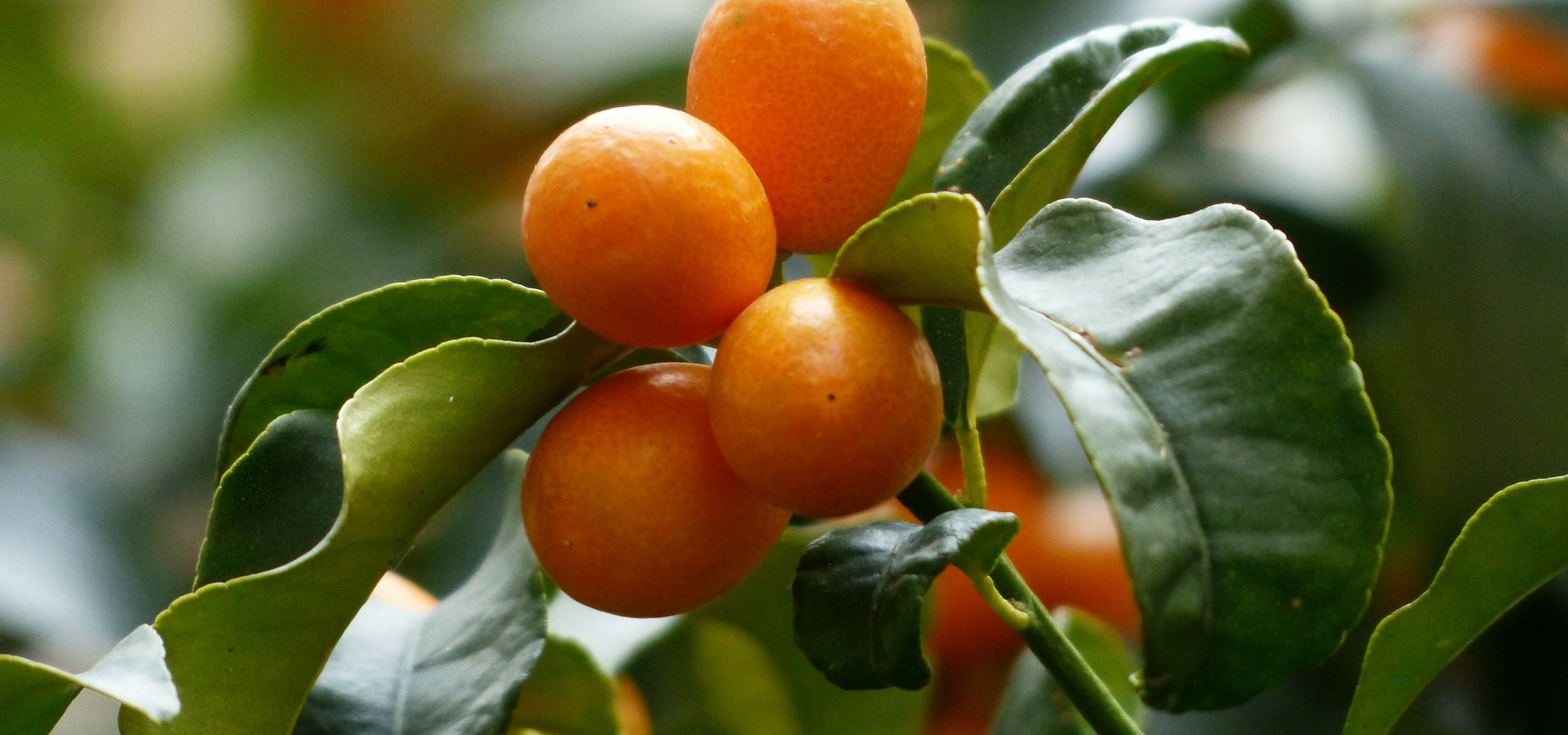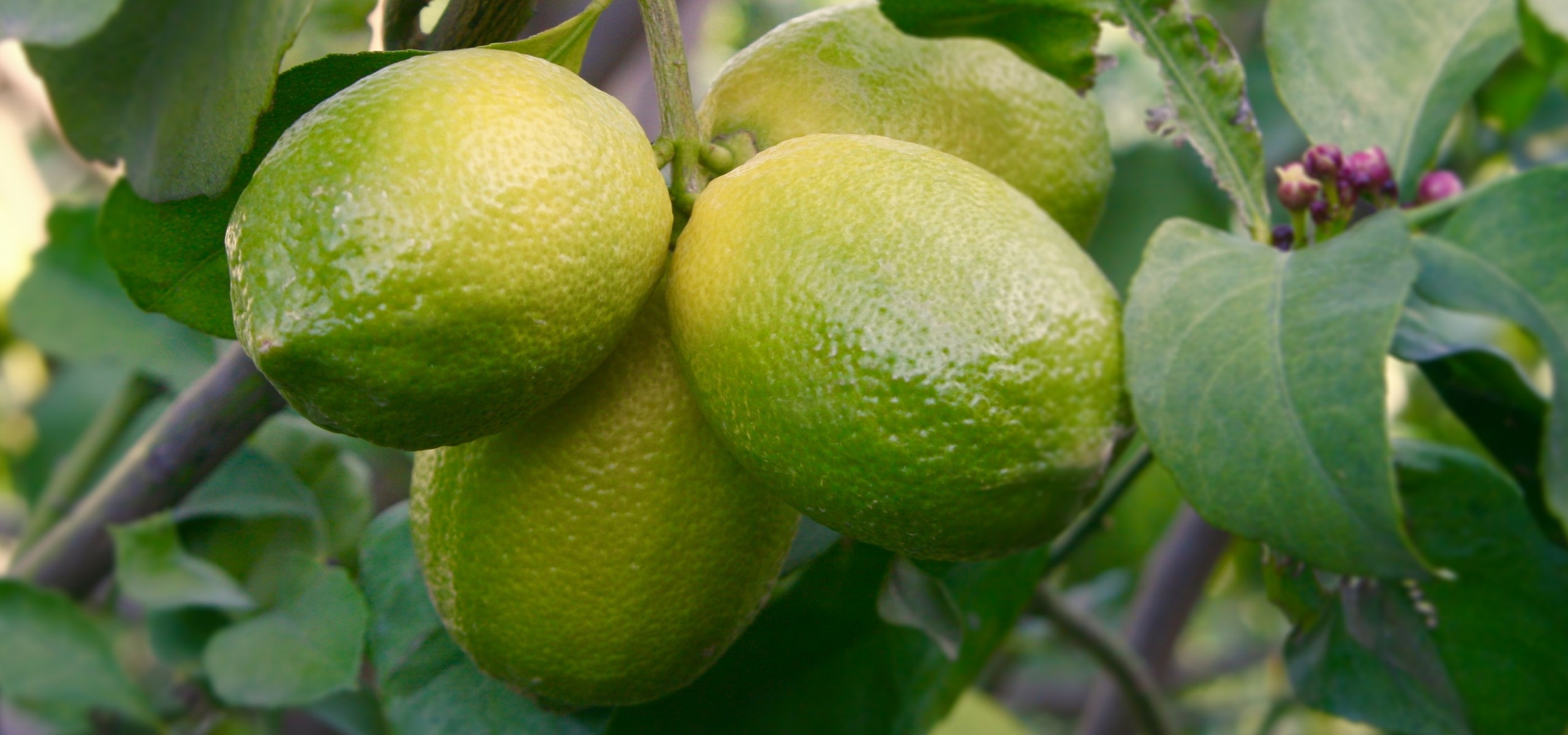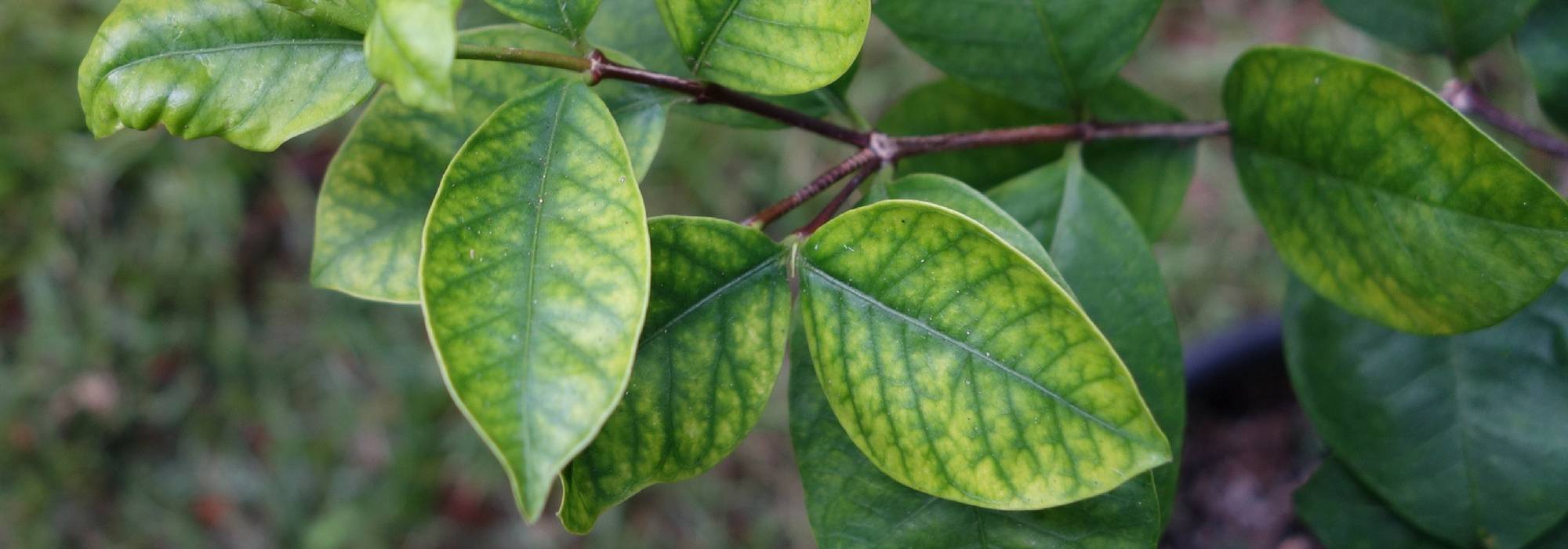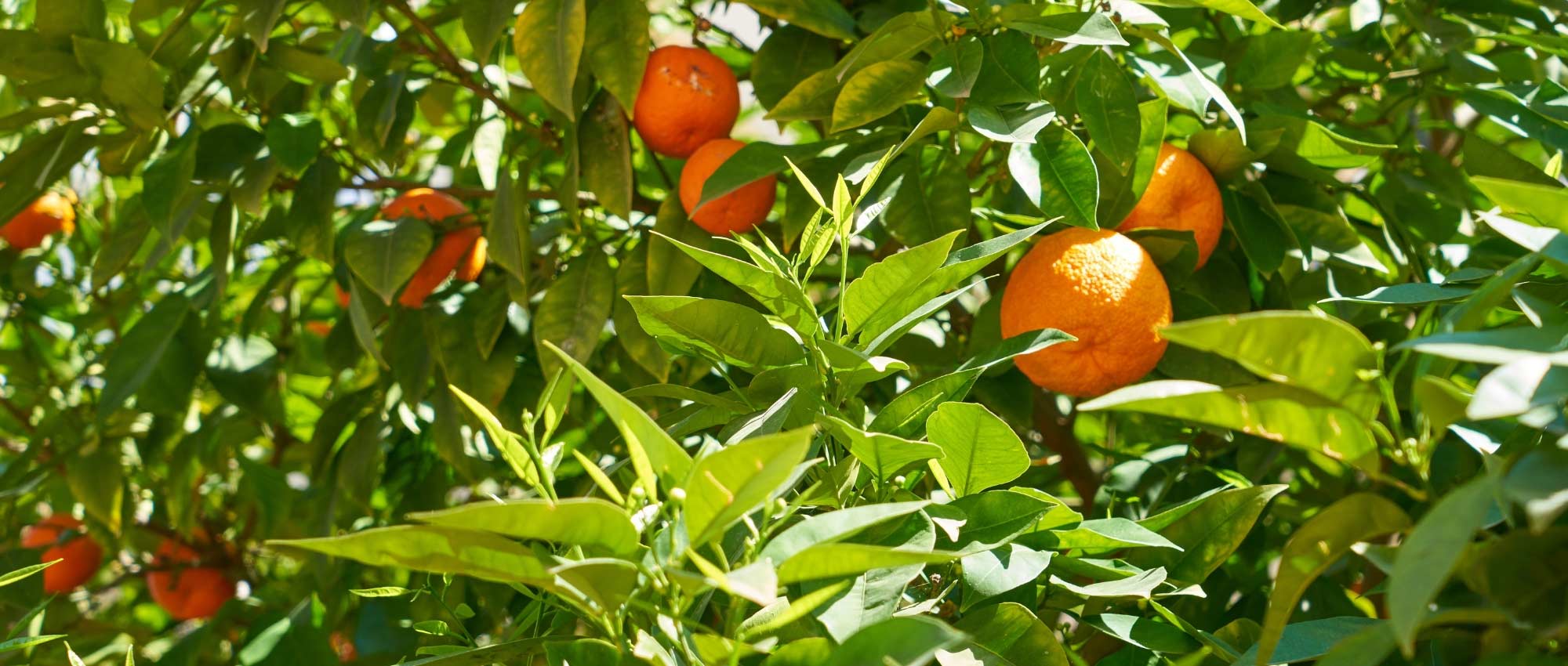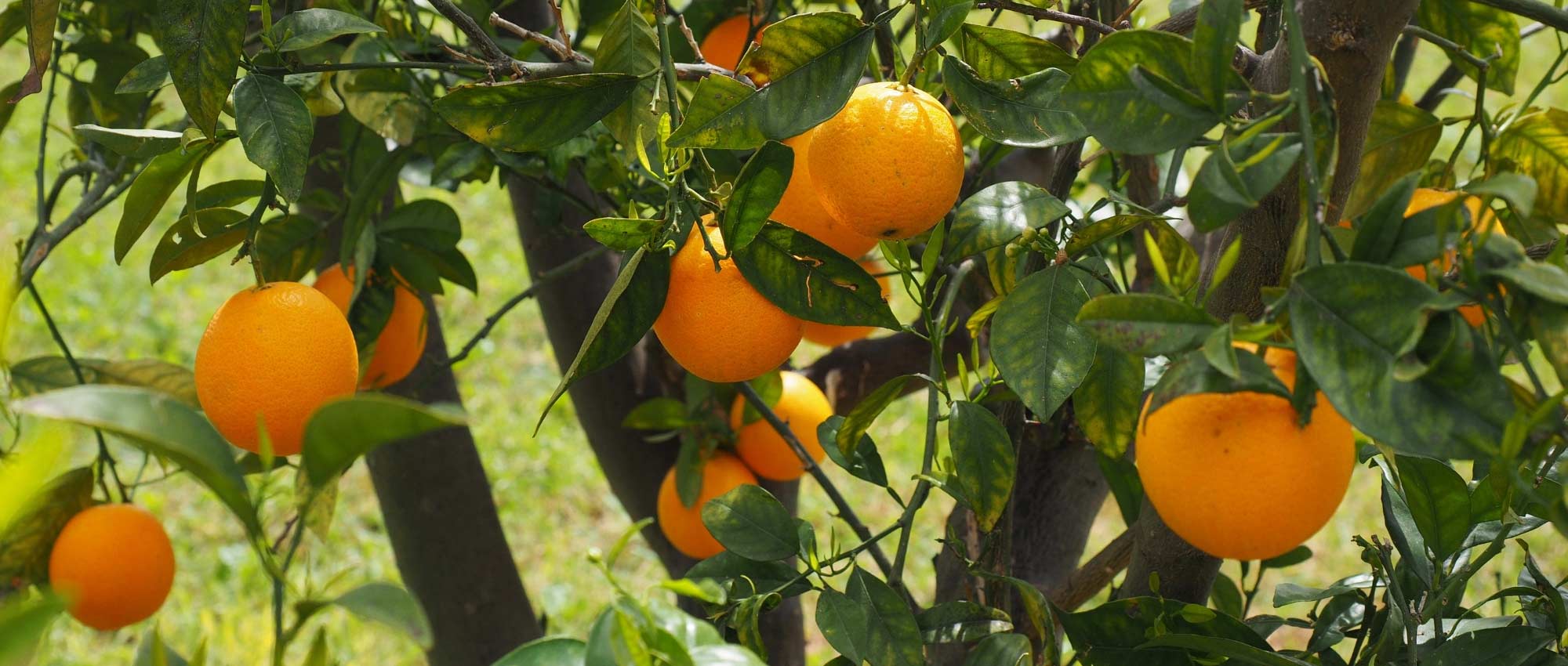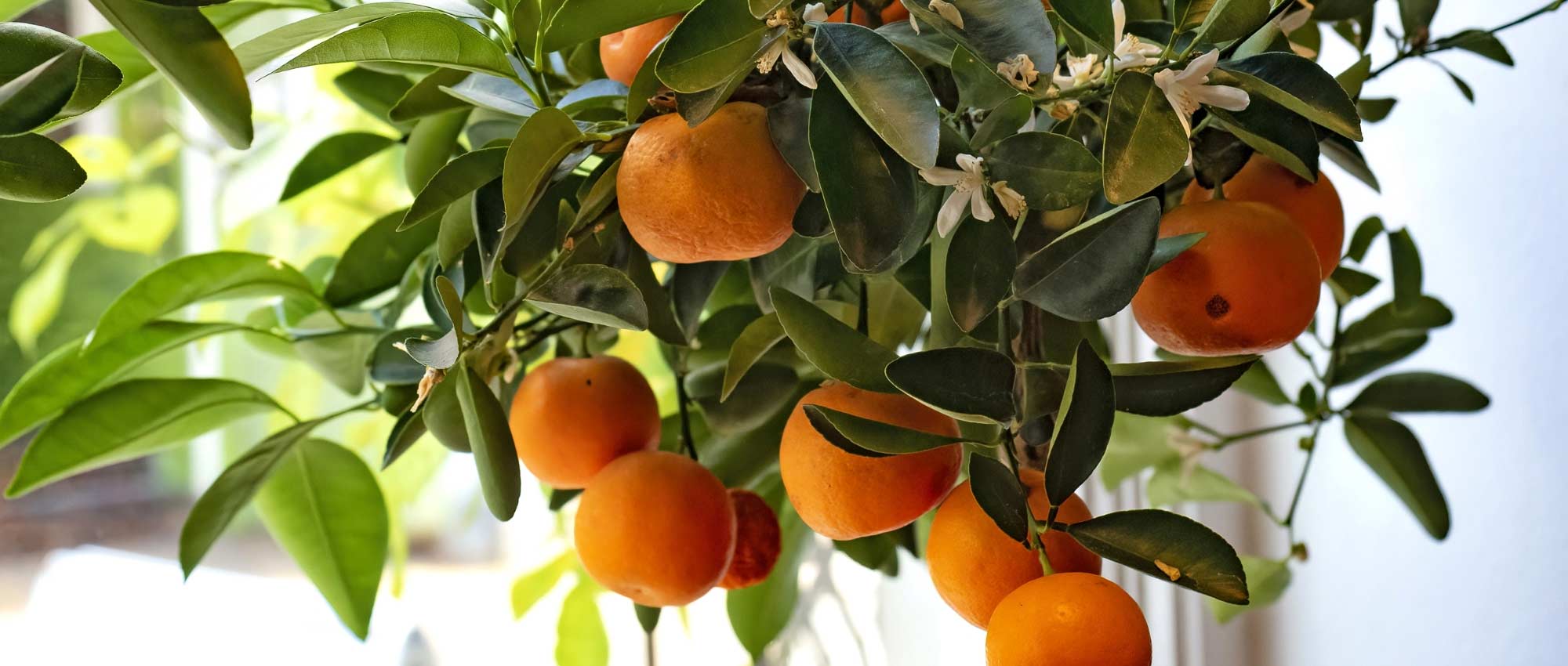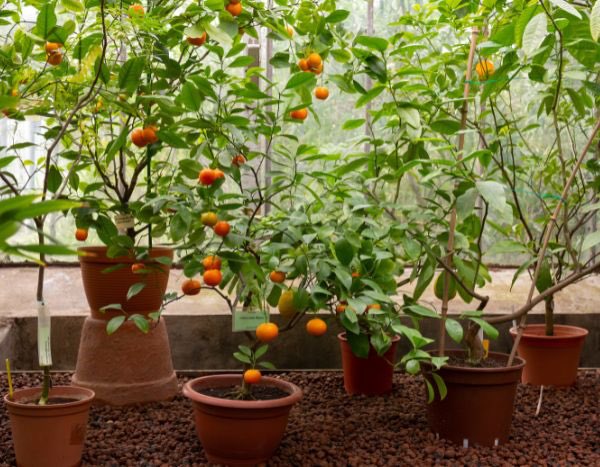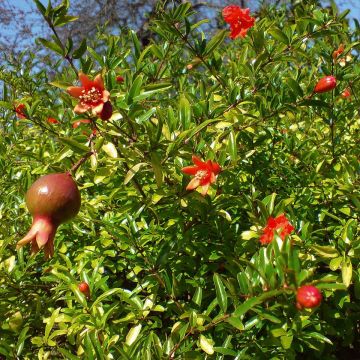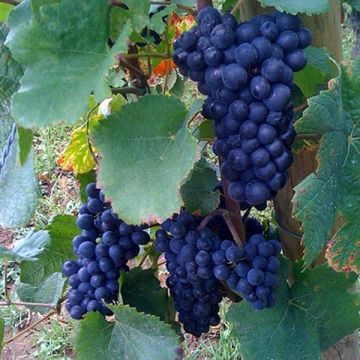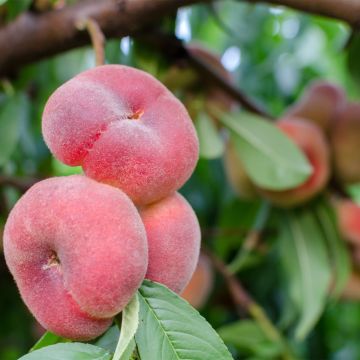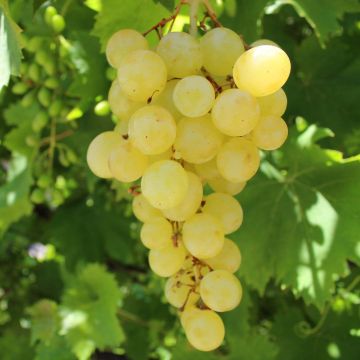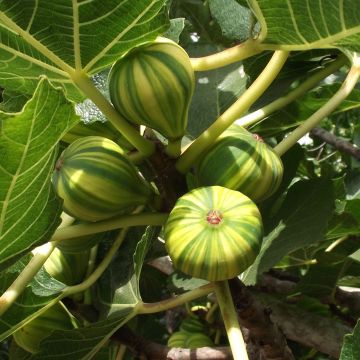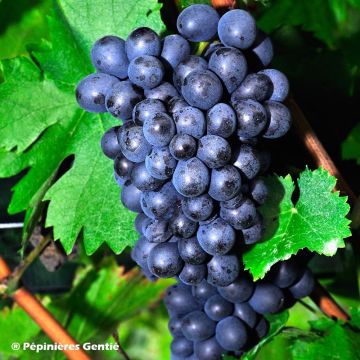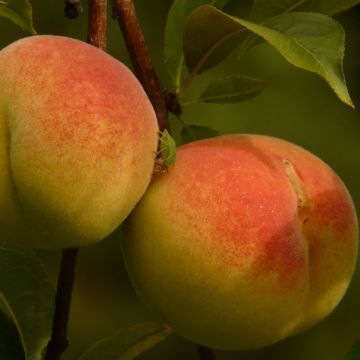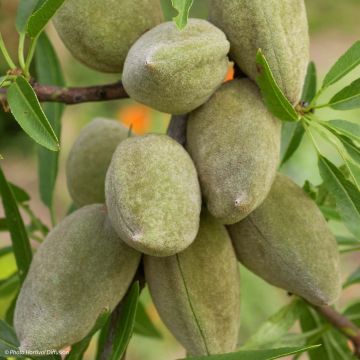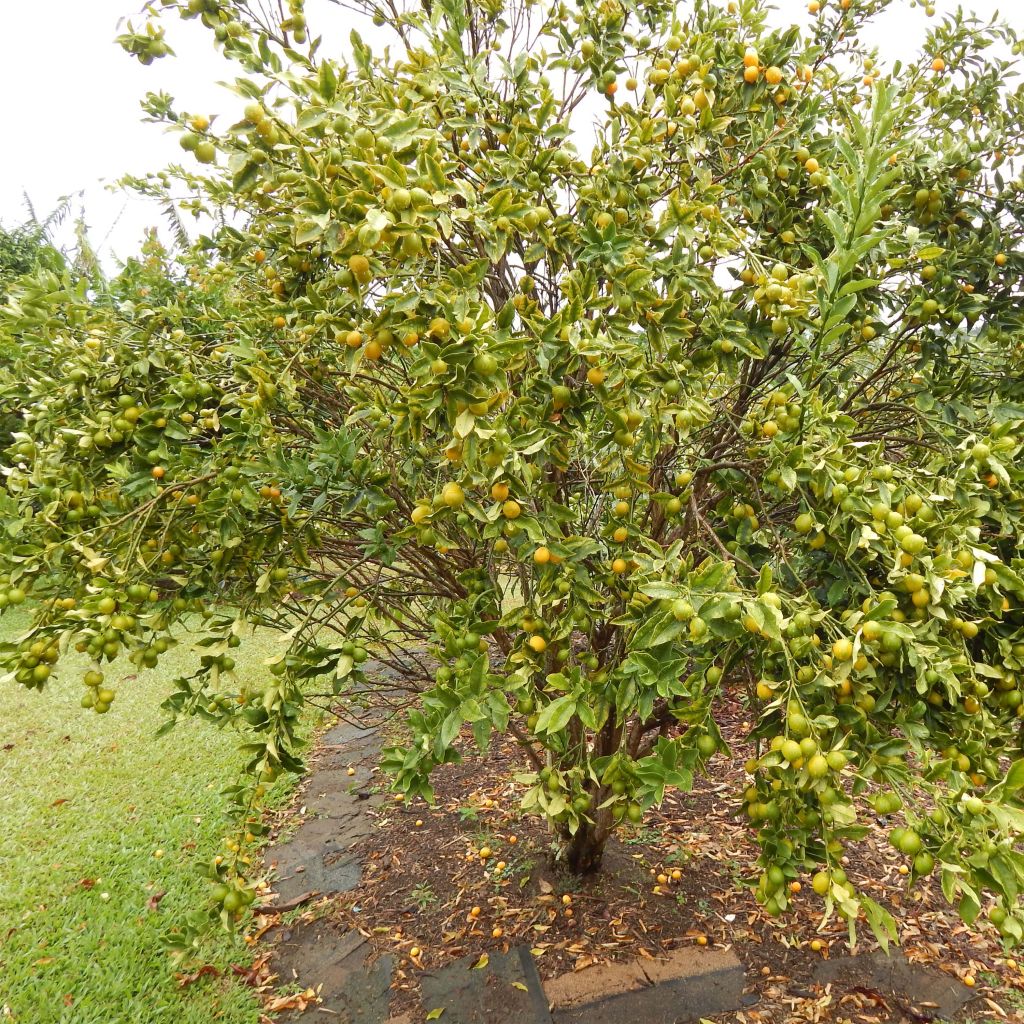

Marumi Kumquat - Fortunella japonica
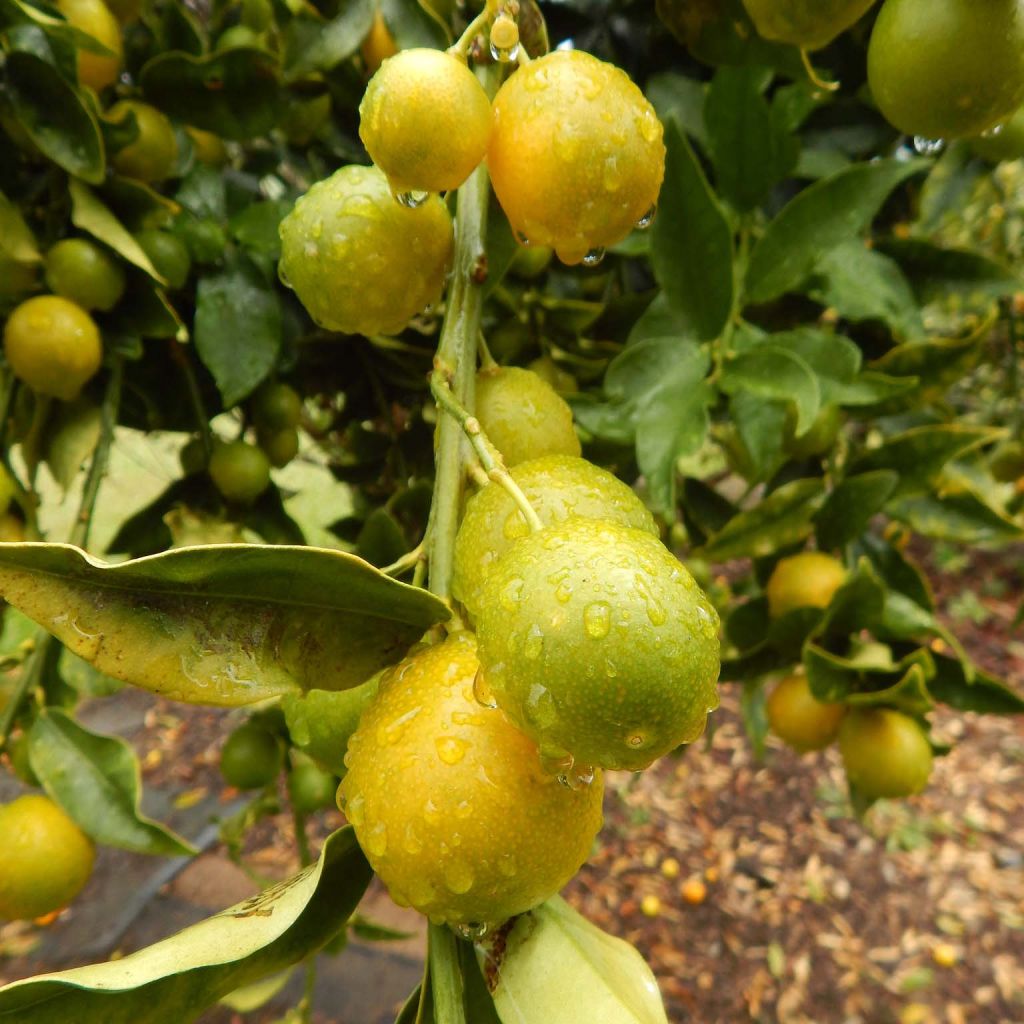

Marumi Kumquat - Fortunella japonica
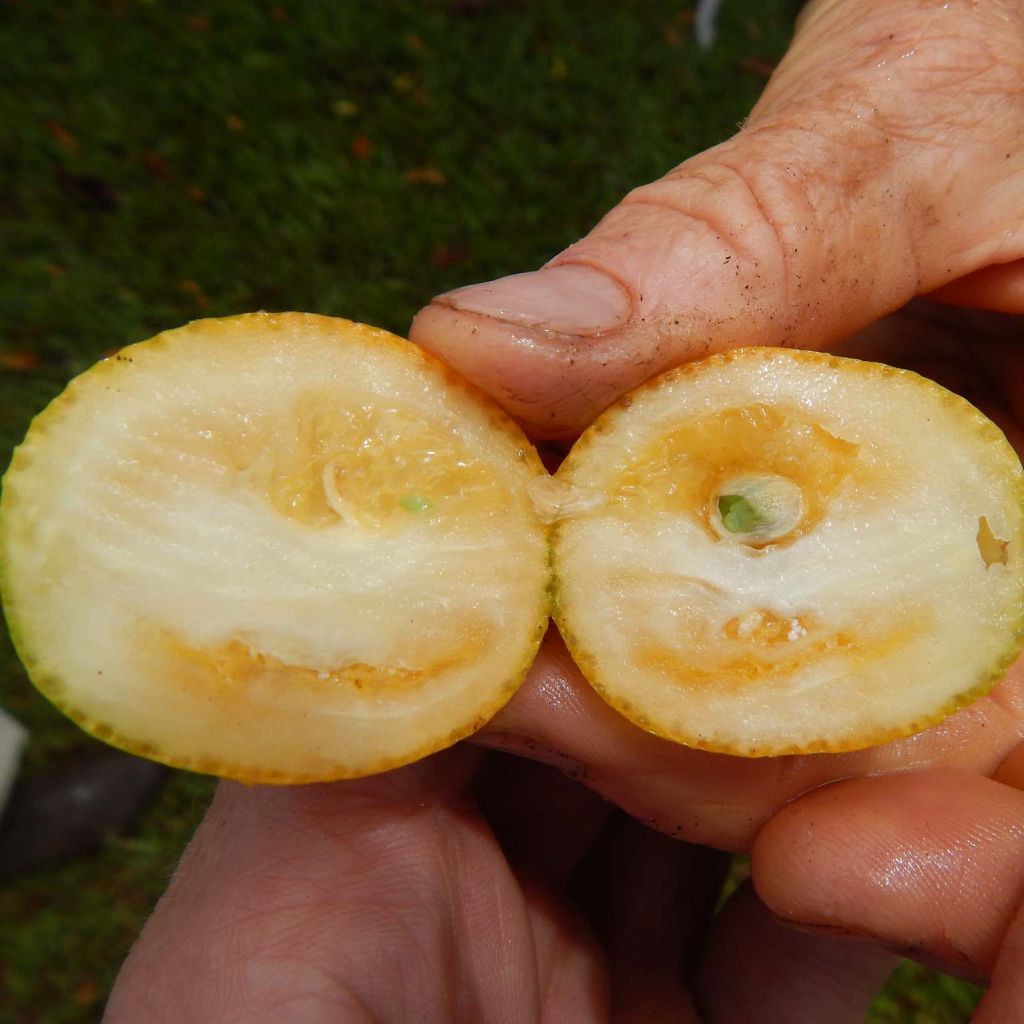

Marumi Kumquat - Fortunella japonica
Marumi Kumquat - Fortunella japonica
Citrus japonica
Kumquat, Marumi Kumquat, Japanese Kumquat
Livraison rapide arbre vigoureux plein de fruits
Brigitte, 22/11/2020
Special offer!
Receive a €20 voucher for any order over €90 (excluding delivery costs, credit notes, and plastic-free options)!
1- Add your favorite plants to your cart.
2- Once you have reached €90, confirm your order (you can even choose the delivery date!).
3- As soon as your order is shipped, you will receive an email containing your voucher code, valid for 3 months (90 days).
Your voucher is unique and can only be used once, for any order with a minimum value of €20, excluding delivery costs.
Can be combined with other current offers, non-divisible and non-refundable.
Why not try an alternative variety in stock?
View all →This plant carries a 6 months recovery warranty
More information
We guarantee the quality of our plants for a full growing cycle, and will replace at our expense any plant that fails to recover under normal climatic and planting conditions.
Description
The Kumquat, Fortunella japonica in Latin, is one of the most easily cultivated citrus trees in our climate due to its good cold resistance. It is grown and appreciated for its ornamental qualities and for its small fruits that resemble miniature oranges, but are rather oval-shaped, fruits that are consumed in their entirety. It attracts attention at least twice a year: in summer, its tiny citrus flowers, remarkably fragrant, perfume a whole area of the garden or terrace. In winter, its beautiful fruits that dot a beautiful dark green foliage allow you to try your hand at making delicious jams and confectioneries in the kitchen.
The Fortunella japonica, also called Marumi, is one of the two most commonly marketed Kumquat species, due to the sweet and sugary flavour of the pulp of its small fruits. Named Fortunella in honor of Robert Fortune, who introduced them to Europe in 1846, Kumquats should be classified in the Citrus genus according to recent studies. It is a sparsely thorny bush of the Rutaceae family, with a rather upright, bushy habit, native to northern China. In nature, it reaches a height of 4 or 5 m (13 or 16ft). In our climate, it will reach an average height of 2.50m (8ft) with a width of 1.75m (6ft), its size being further reduced if grown in a pot. Its growth is slow. Relatively hardy, it can be planted in the ground in many regions spared from heavy frosts. Elsewhere, it will be grown in a pot and stored away at the first cold weather. The Kumquat produces small white flowers with a sweet scent characteristic of orange blossom that gives way to small fruits measuring 2 cm (1in) in diameter. They are harvested when ripe, generally from January to March, when they have turned a beautiful bright orange color. The moderately thick skin is free of the burning principle found in other citrus fruits. It has a sweet flavour and a subtle bitter orange aroma. The juicy, acidic, sweet pulp contains few seeds. The evergreen leaves are shiny dark green on the upper side, paler underneath. Like all Citrus, the Fortunella contains in its leaves, flowers, and fruits oil glands often visible to the naked eye, from which essential oil is extracted by distillation (flowers and leaves) or by pressing (peel).
The Kumquat is one of the hardiest citrus trees. It is necessary to specify that while the plant can withstand temperatures as low as -10°C (14°F) without damage, the fruits are destroyed below -4°C (24.8°F), which is unfortunate for the harvest, which takes place in winter. The fruit can be used in savoury or sweet cuisine, in jams, candied in sugar, or prepared in syrup. Its subtle flavour will accompany savory dishes such as tagines or the famous duck à l'orange. Kumquat can also be used to prepare refined sweet and sour sauces to accompany Asian dishes. The kumquat peel is pleasant on the palate, comparable to an explosion of flavours when the fruit is consumed as is. If you enjoy acidic flavours, you will appreciate the balanced marriage of acidity and sweetness that is unique to this fruit.
Most citrus trees thrive in the ground in Mediterranean coastal regions where they find the necessary year-round warmth. Kumquat is a self-fertile bush, which means that a single individual is sufficient for complete pollination and fruiting. However, if your citrus tree remains indoors permanently, you will need to occasionally let the pollinators do their work or, if you feel delicate enough, perform pollination with a brush.
Marumi Kumquat - Fortunella japonica in pictures
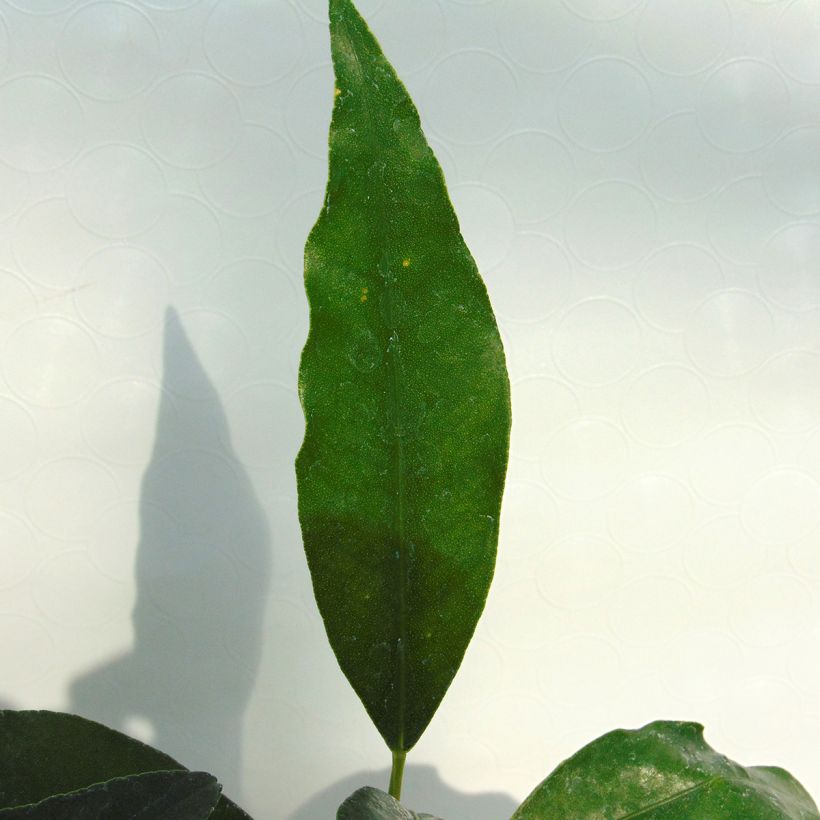

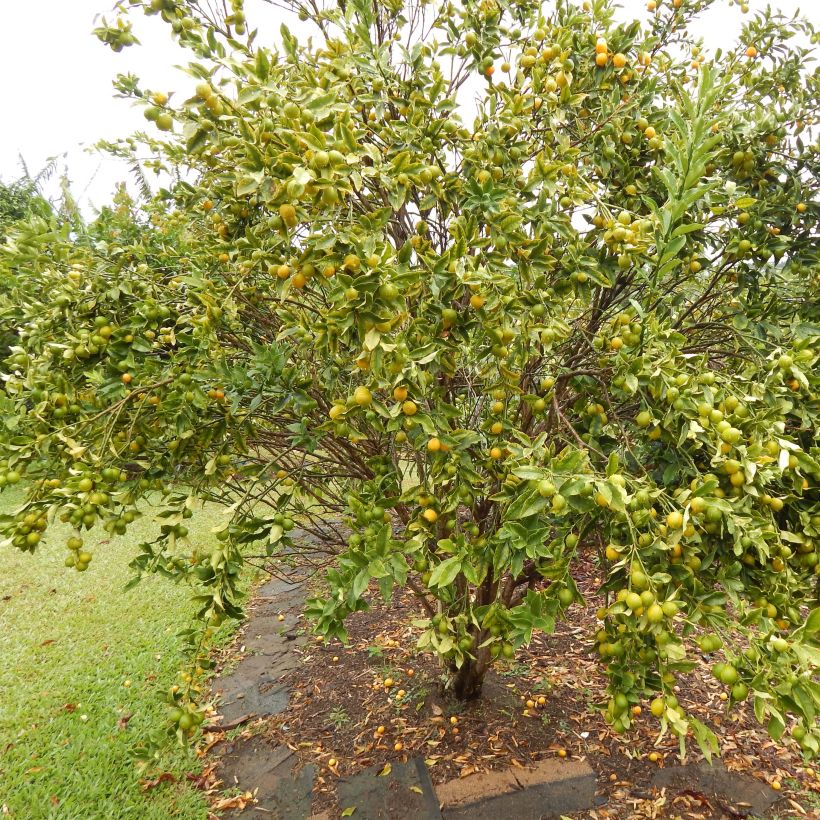

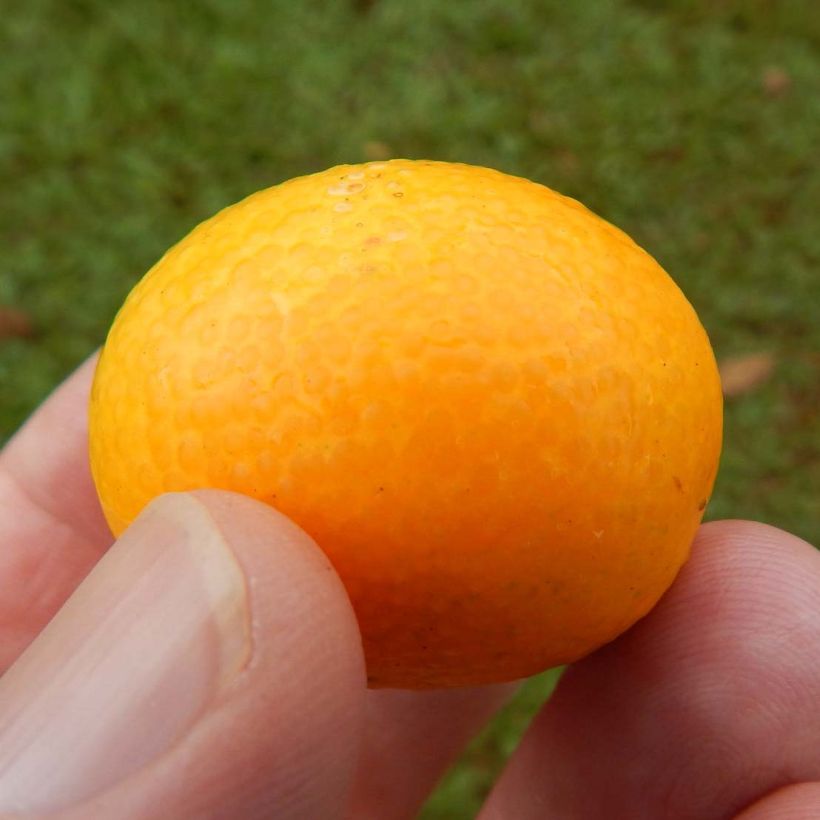

Plant habit
Fruit
Flowering
Foliage
Botanical data
Citrus
japonica
Rutaceae
Kumquat, Marumi Kumquat, Japanese Kumquat
Southeast Asia
Other Citrus trees
View all →Planting and care
Planting in open ground: Kumquats appreciate light, deep, fertile, slightly acidic to neutral and non-calcareous soils that remain moist during the growth period. It is only reasonable to plant it in open ground if you live in a region spared from severe frost. Beware, the fruits are more sensitive than the tree: they freeze at -4°C (24.8°F). The best time to plant is in early spring, in March and April. Be careful not to bury the collar. Citrus trees are naturally greedy: in any case, consider amending with well-decomposed compost or "special citrus" fertiliser. Choose a sunny but not scorching location for your bush, sheltered from the wind to prevent foliage from drying out and away from any sea spray.
Pot planting: in all other regions, the Kumquat will be planted in a pot that you can keep indoors permanently but will appreciate being outdoors in summer. Pot planting or repotting takes place at the end of summer. Choose a pot slightly larger than the root system, as citrus trees do not like to feel cramped. Moisten the root ball well. To improve drainage capacity, line the bottom of the pot with clay pebbles. Loosen the root ball and mix two-thirds garden soil with one-third special citrus potting soil. Water generously. Prefer pots made of clay or other breathable material.
Citrus trees need a lot of water to thrive. Your Kumquat, especially when grown indoors, should be watered daily and the soil should remain moist but not waterlogged. Similarly, make sure to regularly provide it with the necessary fertiliser: every 6 months for slow-release granular fertiliser or every 3 waterings for liquid fertiliser.
Planting period
Intended location
Care
Planting & care advice
-
, onOrder confirmed
Reply from on Promesse de fleurs
Similar products
Haven't found what you were looking for?
Hardiness is the lowest winter temperature a plant can endure without suffering serious damage or even dying. However, hardiness is affected by location (a sheltered area, such as a patio), protection (winter cover) and soil type (hardiness is improved by well-drained soil).

Photo Sharing Terms & Conditions
In order to encourage gardeners to interact and share their experiences, Promesse de fleurs offers various media enabling content to be uploaded onto its Site - in particular via the ‘Photo sharing’ module.
The User agrees to refrain from:
- Posting any content that is illegal, prejudicial, insulting, racist, inciteful to hatred, revisionist, contrary to public decency, that infringes on privacy or on the privacy rights of third parties, in particular the publicity rights of persons and goods, intellectual property rights, or the right to privacy.
- Submitting content on behalf of a third party;
- Impersonate the identity of a third party and/or publish any personal information about a third party;
In general, the User undertakes to refrain from any unethical behaviour.
All Content (in particular text, comments, files, images, photos, videos, creative works, etc.), which may be subject to property or intellectual property rights, image or other private rights, shall remain the property of the User, subject to the limited rights granted by the terms of the licence granted by Promesse de fleurs as stated below. Users are at liberty to publish or not to publish such Content on the Site, notably via the ‘Photo Sharing’ facility, and accept that this Content shall be made public and freely accessible, notably on the Internet.
Users further acknowledge, undertake to have ,and guarantee that they hold all necessary rights and permissions to publish such material on the Site, in particular with regard to the legislation in force pertaining to any privacy, property, intellectual property, image, or contractual rights, or rights of any other nature. By publishing such Content on the Site, Users acknowledge accepting full liability as publishers of the Content within the meaning of the law, and grant Promesse de fleurs, free of charge, an inclusive, worldwide licence for the said Content for the entire duration of its publication, including all reproduction, representation, up/downloading, displaying, performing, transmission, and storage rights.
Users also grant permission for their name to be linked to the Content and accept that this link may not always be made available.
By engaging in posting material, Users consent to their Content becoming automatically accessible on the Internet, in particular on other sites and/or blogs and/or web pages of the Promesse de fleurs site, including in particular social pages and the Promesse de fleurs catalogue.
Users may secure the removal of entrusted content free of charge by issuing a simple request via our contact form.
The flowering period indicated on our website applies to countries and regions located in USDA zone 8 (France, the United Kingdom, Ireland, the Netherlands, etc.)
It will vary according to where you live:
- In zones 9 to 10 (Italy, Spain, Greece, etc.), flowering will occur about 2 to 4 weeks earlier.
- In zones 6 to 7 (Germany, Poland, Slovenia, and lower mountainous regions), flowering will be delayed by 2 to 3 weeks.
- In zone 5 (Central Europe, Scandinavia), blooming will be delayed by 3 to 5 weeks.
In temperate climates, pruning of spring-flowering shrubs (forsythia, spireas, etc.) should be done just after flowering.
Pruning of summer-flowering shrubs (Indian Lilac, Perovskia, etc.) can be done in winter or spring.
In cold regions as well as with frost-sensitive plants, avoid pruning too early when severe frosts may still occur.
The planting period indicated on our website applies to countries and regions located in USDA zone 8 (France, United Kingdom, Ireland, Netherlands).
It will vary according to where you live:
- In Mediterranean zones (Marseille, Madrid, Milan, etc.), autumn and winter are the best planting periods.
- In continental zones (Strasbourg, Munich, Vienna, etc.), delay planting by 2 to 3 weeks in spring and bring it forward by 2 to 4 weeks in autumn.
- In mountainous regions (the Alps, Pyrenees, Carpathians, etc.), it is best to plant in late spring (May-June) or late summer (August-September).
The harvesting period indicated on our website applies to countries and regions in USDA zone 8 (France, England, Ireland, the Netherlands).
In colder areas (Scandinavia, Poland, Austria...) fruit and vegetable harvests are likely to be delayed by 3-4 weeks.
In warmer areas (Italy, Spain, Greece, etc.), harvesting will probably take place earlier, depending on weather conditions.
The sowing periods indicated on our website apply to countries and regions within USDA Zone 8 (France, UK, Ireland, Netherlands).
In colder areas (Scandinavia, Poland, Austria...), delay any outdoor sowing by 3-4 weeks, or sow under glass.
In warmer climes (Italy, Spain, Greece, etc.), bring outdoor sowing forward by a few weeks.






























